Introduction
Nestled in the remote valleys of Pakistan’s Chitral district, the Kalash Valley is a treasure trove of vibrant culture, unique festivals, and warm, welcoming communities. Exploring Kalash cultural adventures allows travelers to step back in time and immerse themselves in centuries-old traditions that remain untouched by modern influences. From colorful festivals to ancient rituals, this region promises a journey that is both authentic and unforgettable.
Hidden in the rugged mountains of Pakistan’s Chitral district lies the enchanting Kalash Valley, home to one of the most unique and ancient communities in South Asia. Known for their vibrant culture, colorful festivals, and deep-rooted traditions, the Kalash people offer a rare glimpse into a lifestyle that has resisted modern influence for centuries.
Exploring Kalash cultural adventures allows travelers to immerse themselves in festivals that light up the valleys with music and dance, sample cuisine prepared from local ingredients, trek through breathtaking mountains, and engage directly with local artisans and spiritual practices. This 2025 guide will help you navigate the valley’s hidden gems while respecting its traditions and contributing positively to the local community.
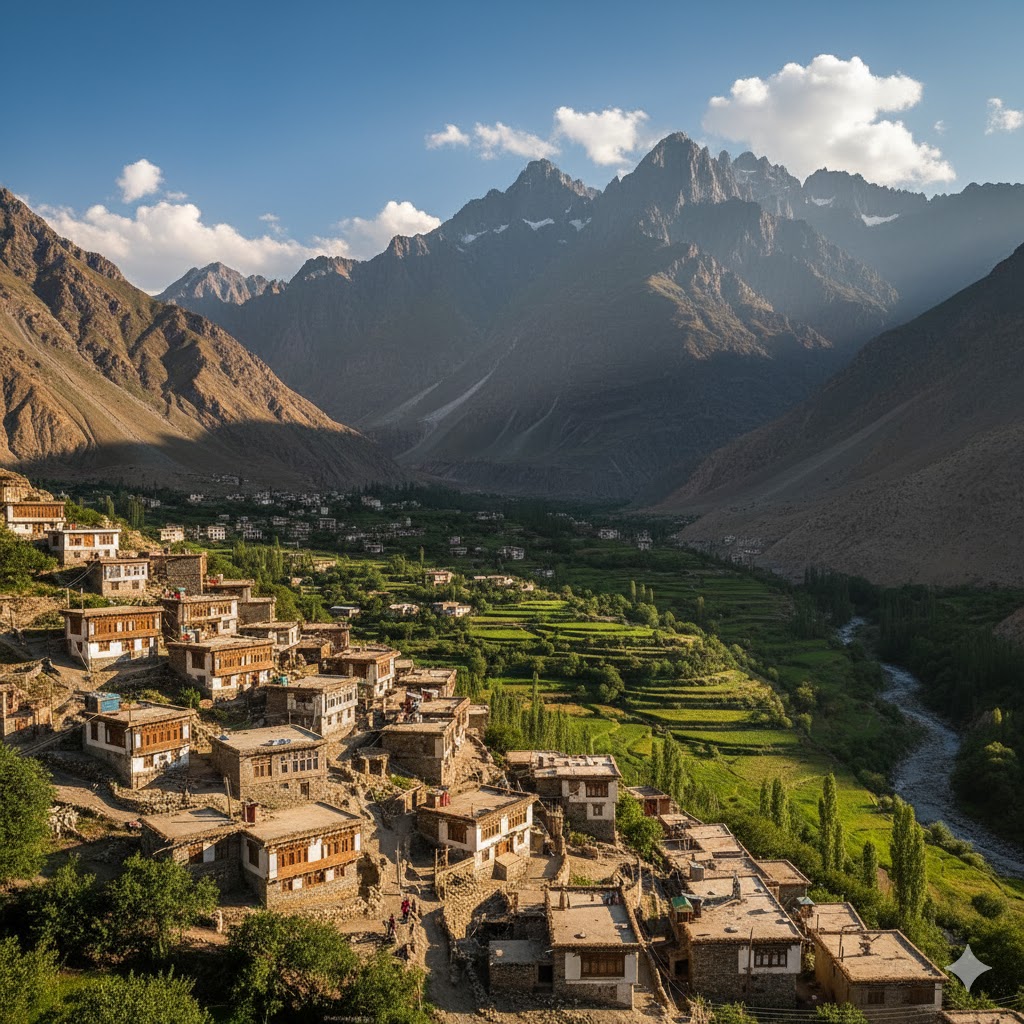
1. Discover the Enchanting Kalash Festivals
The Kalash people celebrate three major festivals: Chilam Joshi (spring), Uchau (autumn), and Choimus (winter). Each festival is a vivid display of music, dance, and ritual, reflecting the deep spiritual and cultural heritage of the community.
- Chilam Joshi (April): Celebrates the arrival of spring with dancing, singing, and blessings for fertile crops.
- Uchau (Autumn): Marks the harvest season with communal feasts and traditional rituals.
- Choimus (Winter): A festival of thanksgiving and honoring ancestors with music and ceremonial dances.
Local Tip: Attend Chilam Joshi to witness the most colorful dances and interact with local artisans.
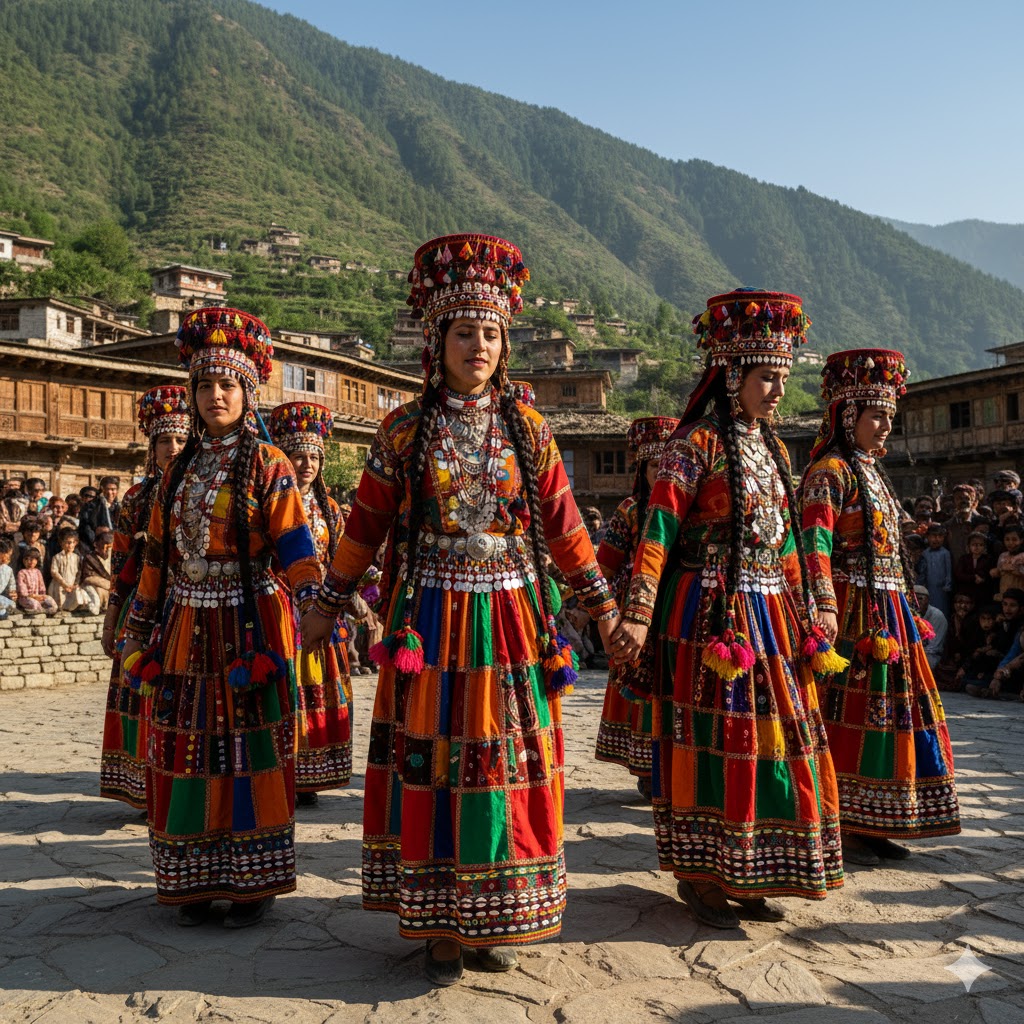
The Kalash people celebrate three main festivals each year: Chilam Joshi, Uchau, and Choimus, each reflecting the changing seasons and cultural beliefs. Festivals are not only a spectacle but also a spiritual practice, linking the community with nature and ancestral traditions.
Chilam Joshi (April – Spring Festival)
Chilam Joshi celebrates the arrival of spring, marking a time of fertility and abundance. Men, women, and children don their most vibrant attire, adorned with intricate beadwork and cowrie shells. Traditional songs and dances fill the air as locals gather in communal squares. Visitors can expect:
- Morning rituals to bless the fields
- Colorful processions with drumming and singing
- Dancing in traditional circle formations
Local Tip: Capture the festival’s essence by joining the village dances in Bumburet, but always ask permission before photographing participants.
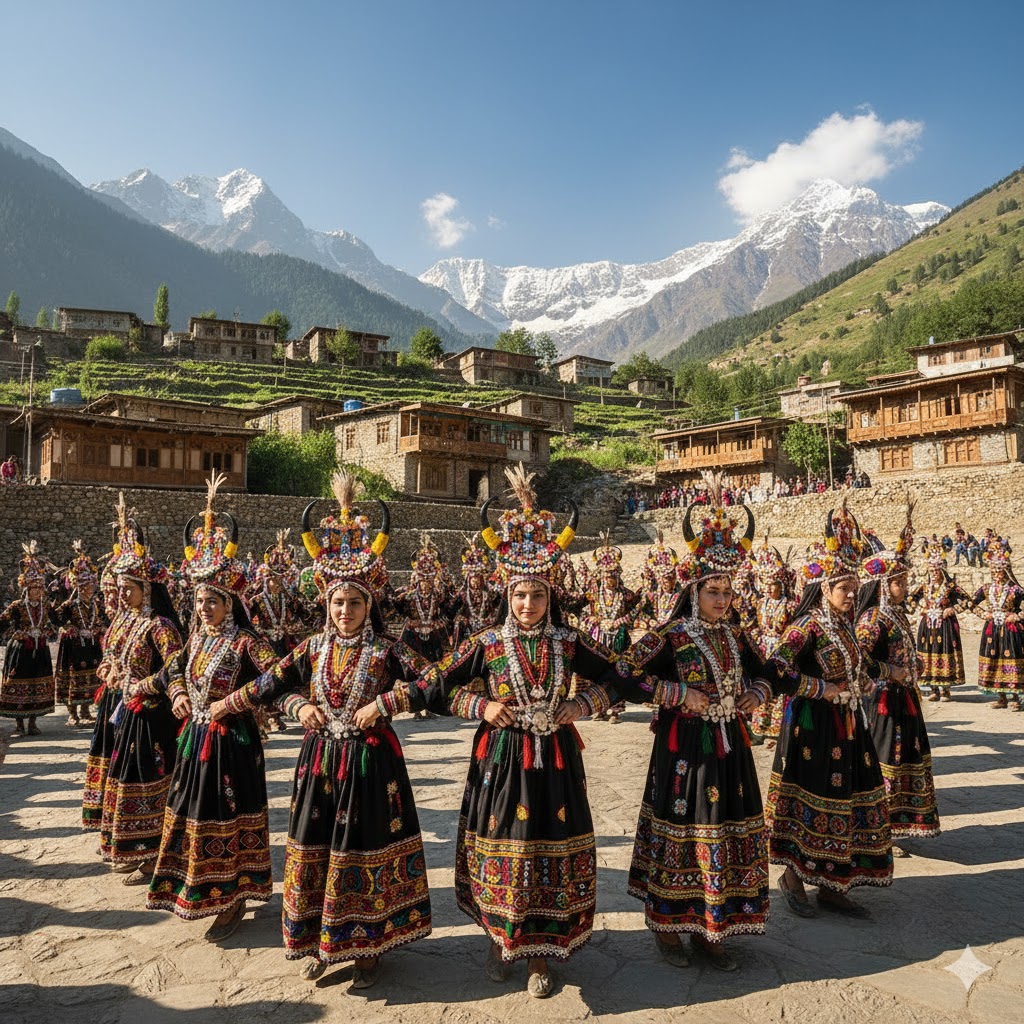
Uchau (Autumn Festival)
Held in late September, Uchao celebrates the harvest season. Villagers offer thanks for a successful yield through feasts and ceremonial offerings. Travelers can:
- Observe traditional harvest rituals
- Taste freshly prepared festival dishes
- Participate in communal dances and music sessions
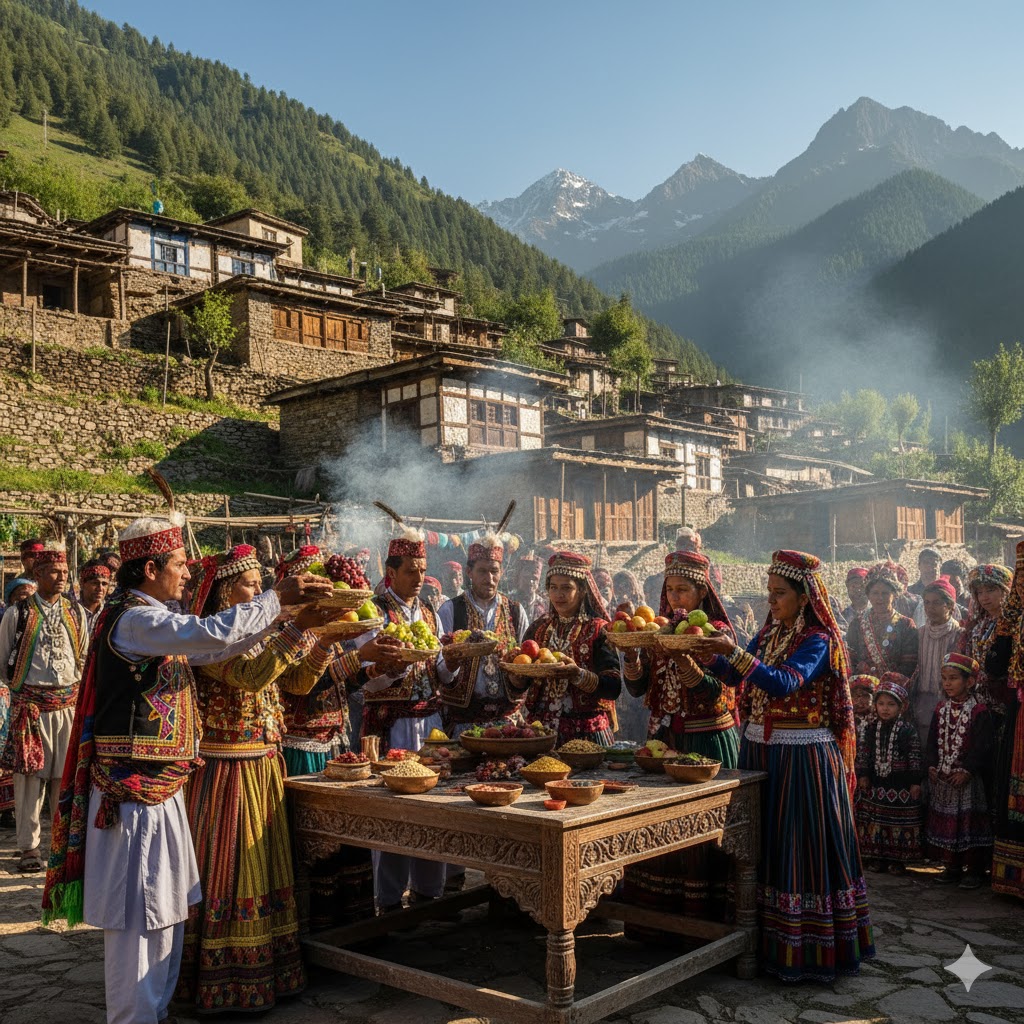
Choimus (Winter Festival)
Choimus is the festival of gratitude and ancestor worship. Locals pay homage to their forefathers with prayers and songs, sharing food and performing dances around sacred fire pits. This festival offers visitors a rare insight into Kalash spiritual practices.
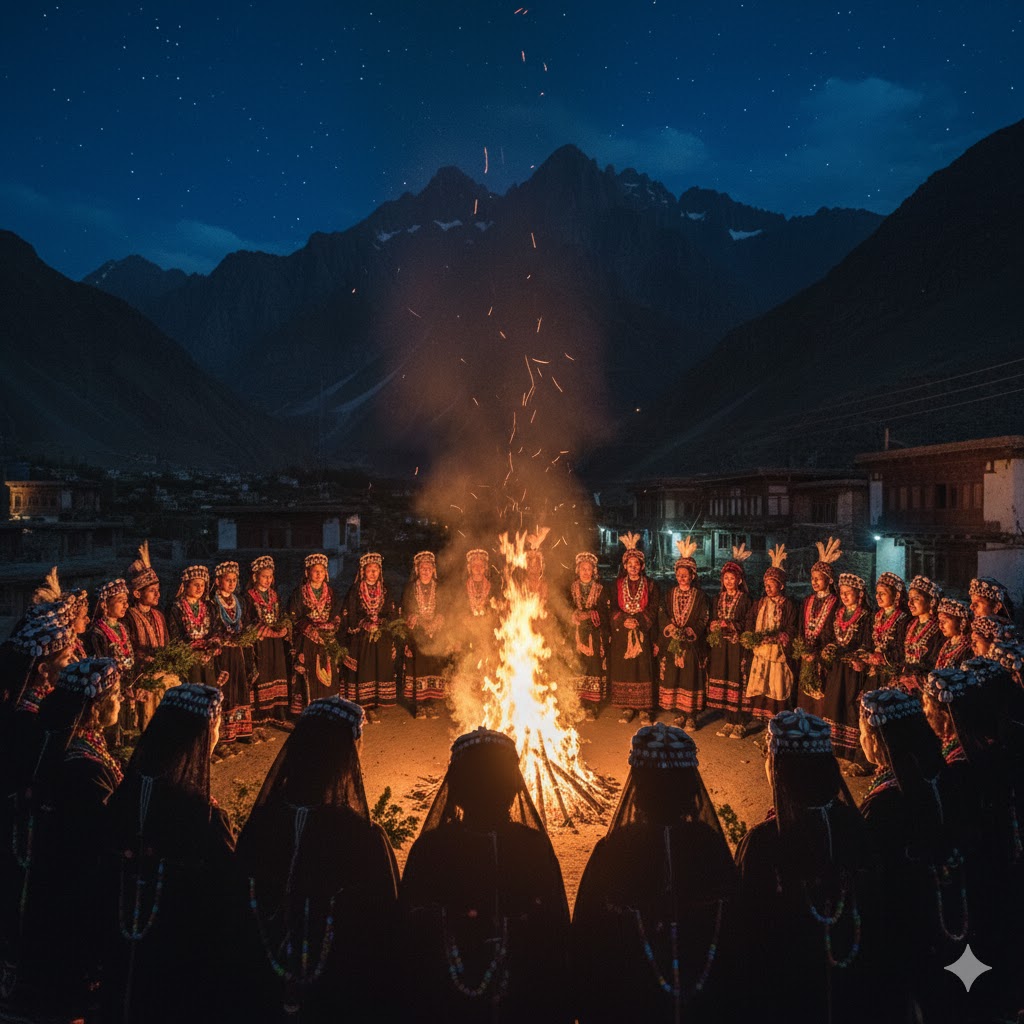
Must Visit: Top 10 Hidden Valleys in Pakistan
Source: Pakistan Tourism Development Corporation
2. Experience Traditional Kalash Cuisine
Kalash cuisine is simple yet flavorful, with a strong reliance on locally sourced ingredients. Must-try dishes include:
- Ghalmandi: Savory pastry stuffed with local cheese and herbs.
- Momuna: Sweet rice dish often prepared during festivals.
- Apricot-based desserts: A regional specialty reflecting the abundance of apricot orchards.

3. Explore Kalash Villages
The Kalash Valley has three main villages: Bumburet, Rumbur, and Birir, each with unique customs and architecture. Traditional houses are made of stone and wood, with intricately carved doors and vibrant decorations.
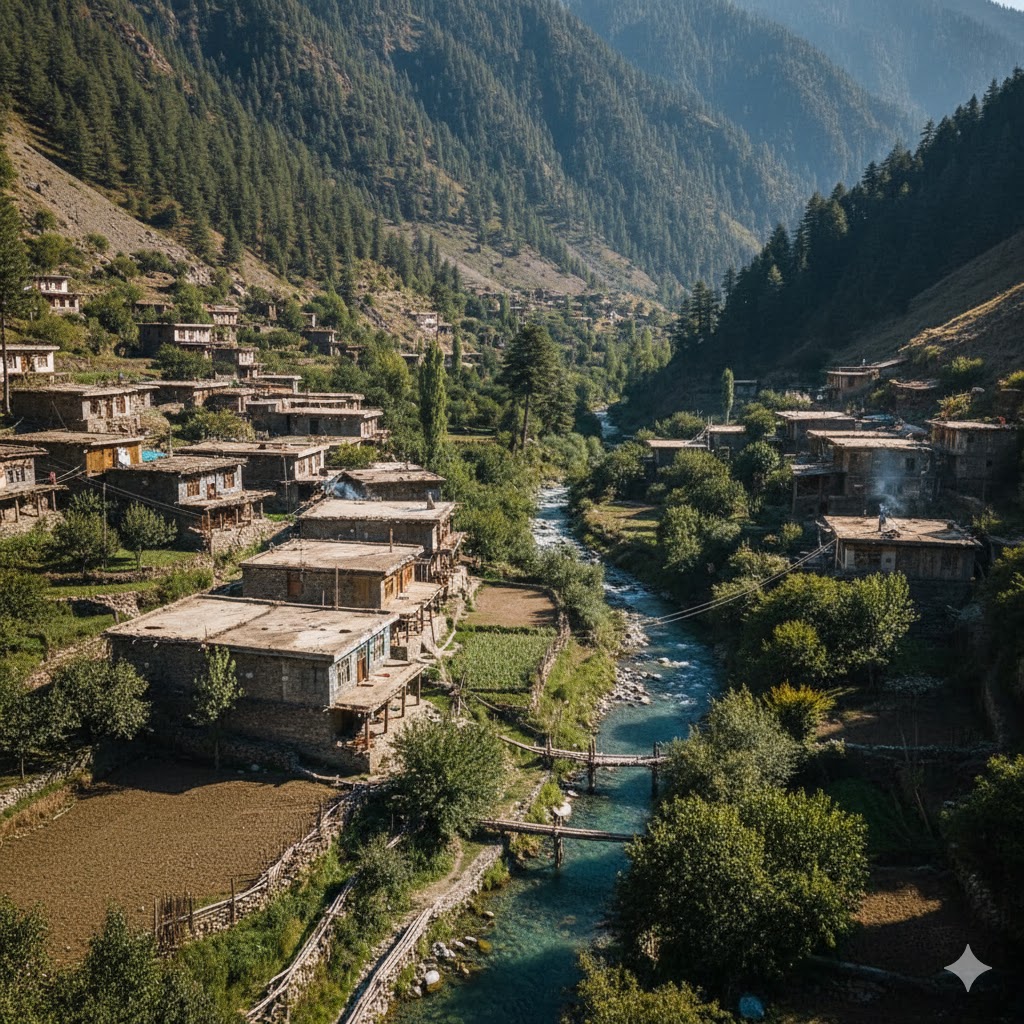
4. Trek Through Kalash Mountains
Adventure seekers can enjoy treks that pass through dense forests, meadows, and mountain trails. Popular routes include:
- Bumburet to Rumbur trek – 6–7 hours with panoramic views of valleys.
- Birir to Chitral trek – 1–2 days with local guides sharing cultural insights.
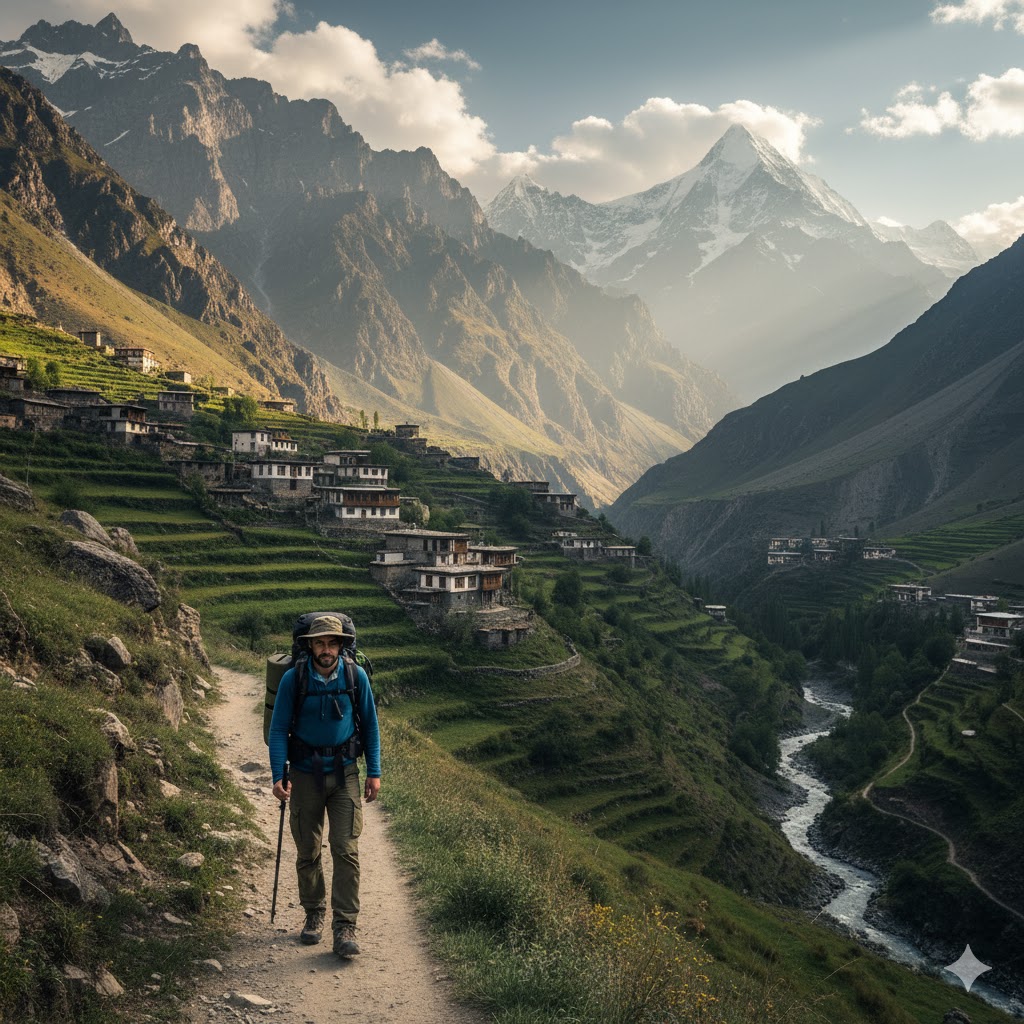
5. Learn Kalash Spiritual Traditions
Kalash spirituality is polytheistic, with worship centered on nature and ancestors. Visitors can learn about rituals, prayers, and the sacred sites scattered across the valley. Local elders often share stories explaining the origin of festivals, myths, and sacred customs.
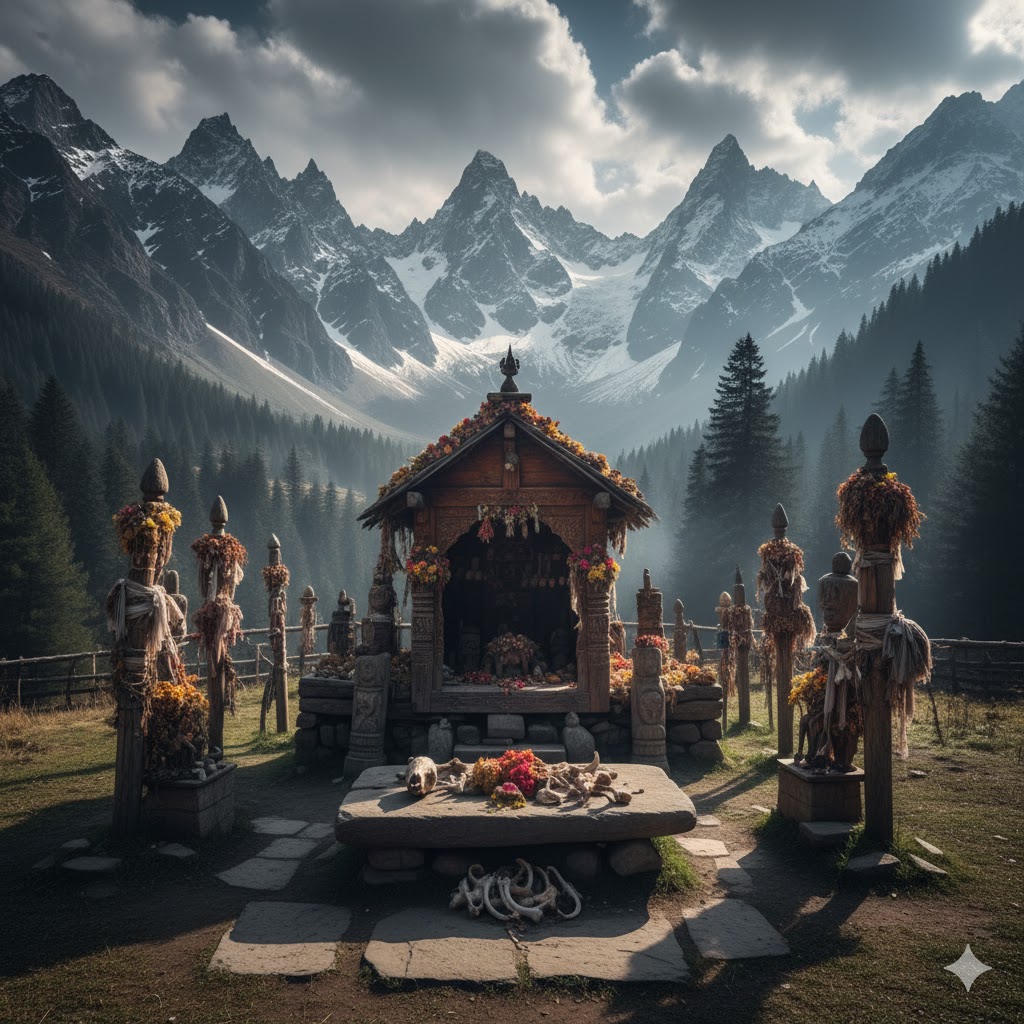
6. Participate in Local Handicraft Workshops
Kalash artisans are renowned for embroidery, wood carving, and traditional jewelry. Tourists can participate in workshops to:
- Learn weaving techniques
- Create traditional bead necklaces
- Understand symbolic patterns in embroidery
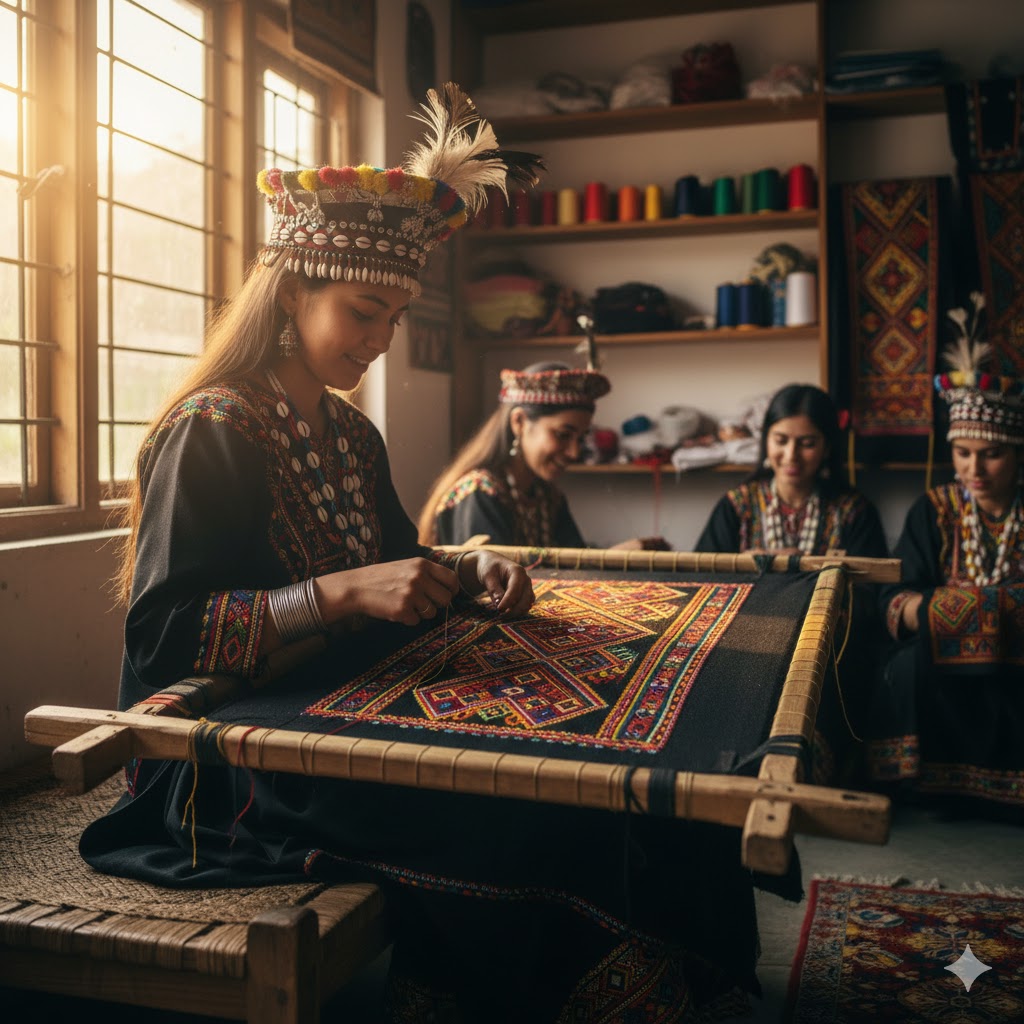
7. Tips for Responsible Travel in Kalash Valley
- Respect local customs and dress modestly.
- Ask for permission before photographing locals.
- Support local businesses and artisans.
- Hire certified local guides to enhance cultural understanding.
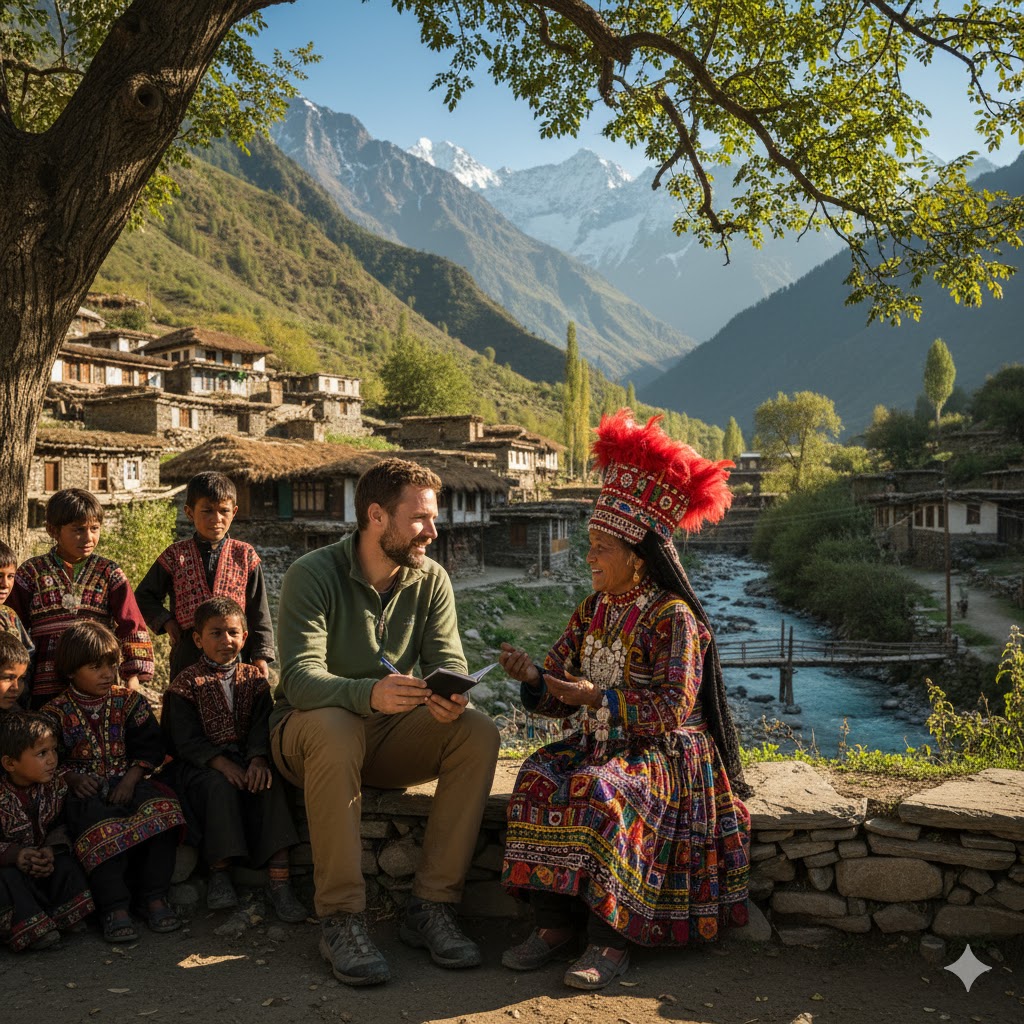
Savor Traditional Kalash Cuisine
Kalash cuisine reflects the valley’s natural abundance and simplicity, relying on fresh produce, dairy, and grains. Each dish tells a story of the land and its people. Must-try dishes include:
- Ghalmandi: A savory pastry filled with local cheese, herbs, and sometimes ground meat. Perfect for breakfast or a festival snack.
- Momuna: Sweet rice with dried fruits and nuts, traditionally prepared during major celebrations.
- Apricot-Based Desserts: The valley’s apricots are famous for their sweetness and are used in jams, preserves, and desserts unique to Kalash culture.
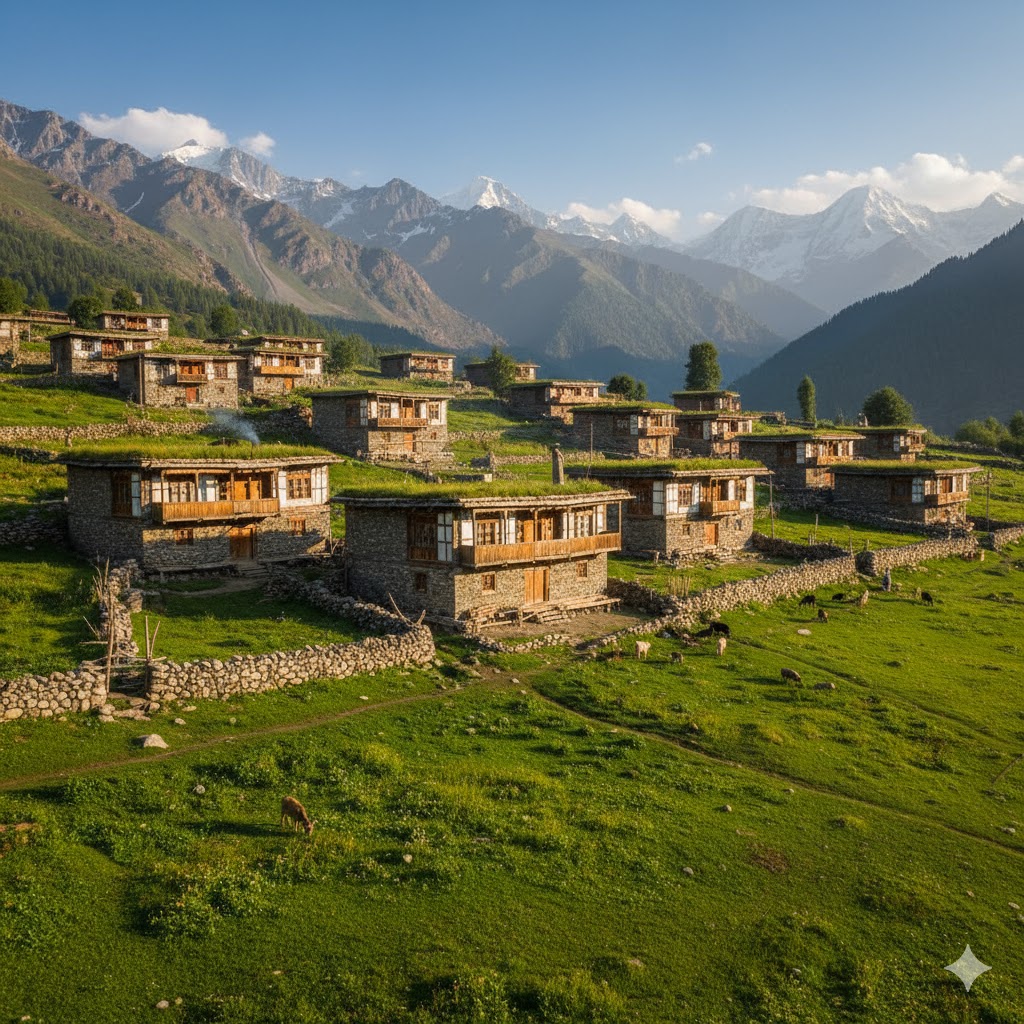
Local Tip: Try the food prepared by local families during festivals for the most authentic experience — street food vendors also offer delicious snacks.
Explore Kalash Villages
The Kalash Valley consists of three main villages: Bumburet, Rumbur, and Birir, each with distinct architecture, customs, and landscapes. Traditional Kalash houses are made of stone and wood, with intricate carvings on doors and vibrant painted patterns.
- Bumburet: The largest and most accessible village, known for its lively festivals.
- Rumbur: A quieter village with traditional wooden homes and scenic hiking trails.
- Birir: Known for untouched landscapes and opportunities for deep cultural immersion.
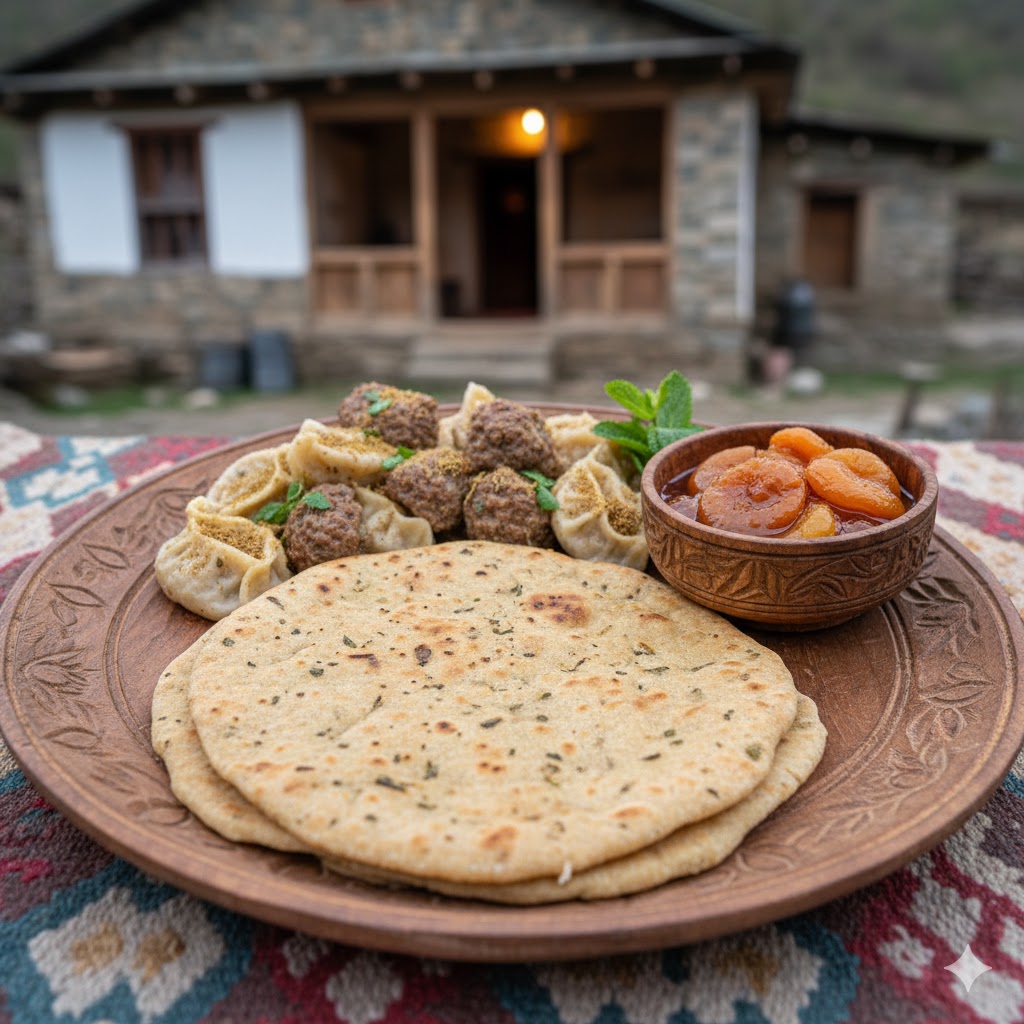
Local Tip: Hire local guides who can explain the history behind the village architecture and cultural symbols.
Trek Through Kalash Mountains
For adventure enthusiasts, trekking through Kalash Valley is a dream. Trails wind through dense forests, past alpine meadows, and along sparkling streams.
- Bumburet to Rumbur Trek: Approximately 6–7 hours, offering panoramic views of villages and mountains.
- Birir to Chitral Trek: 1–2 days, passing through secluded valleys and providing insight into Kalash daily life.
During treks, travelers may spot wildlife such as ibex, snow leopards, and native birds, adding an extra layer of adventure.
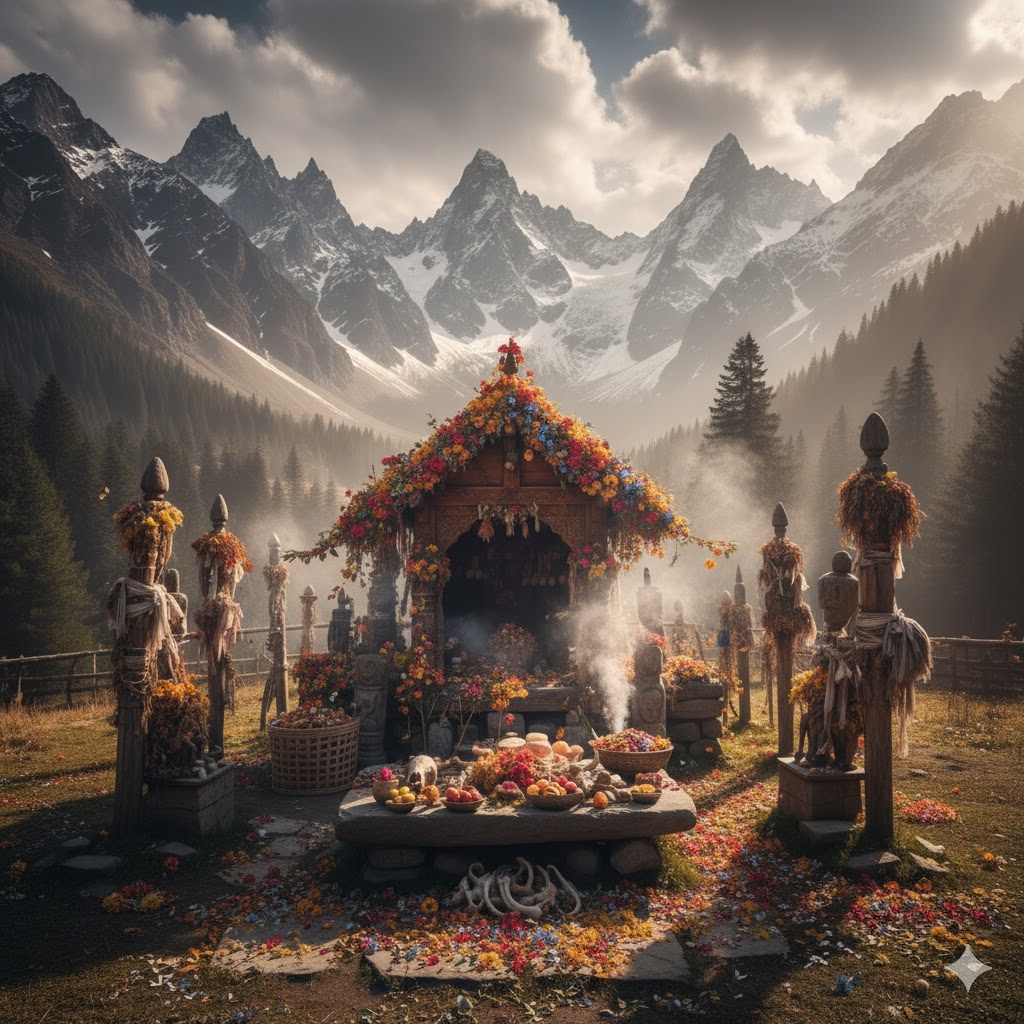
External Link Suggestion: Trekking in Pakistan – Adventure Travel
Learn Kalash Spiritual Traditions
Kalash spirituality is polytheistic, focused on nature, ancestors, and seasonal cycles. Sacred groves, shrines, and ritual sites are scattered throughout the valleys. Visitors can observe:
- Ritual dances to honor deities
- Offerings made at sacred sites during festivals
- Stories and myths shared by elders explaining local traditions
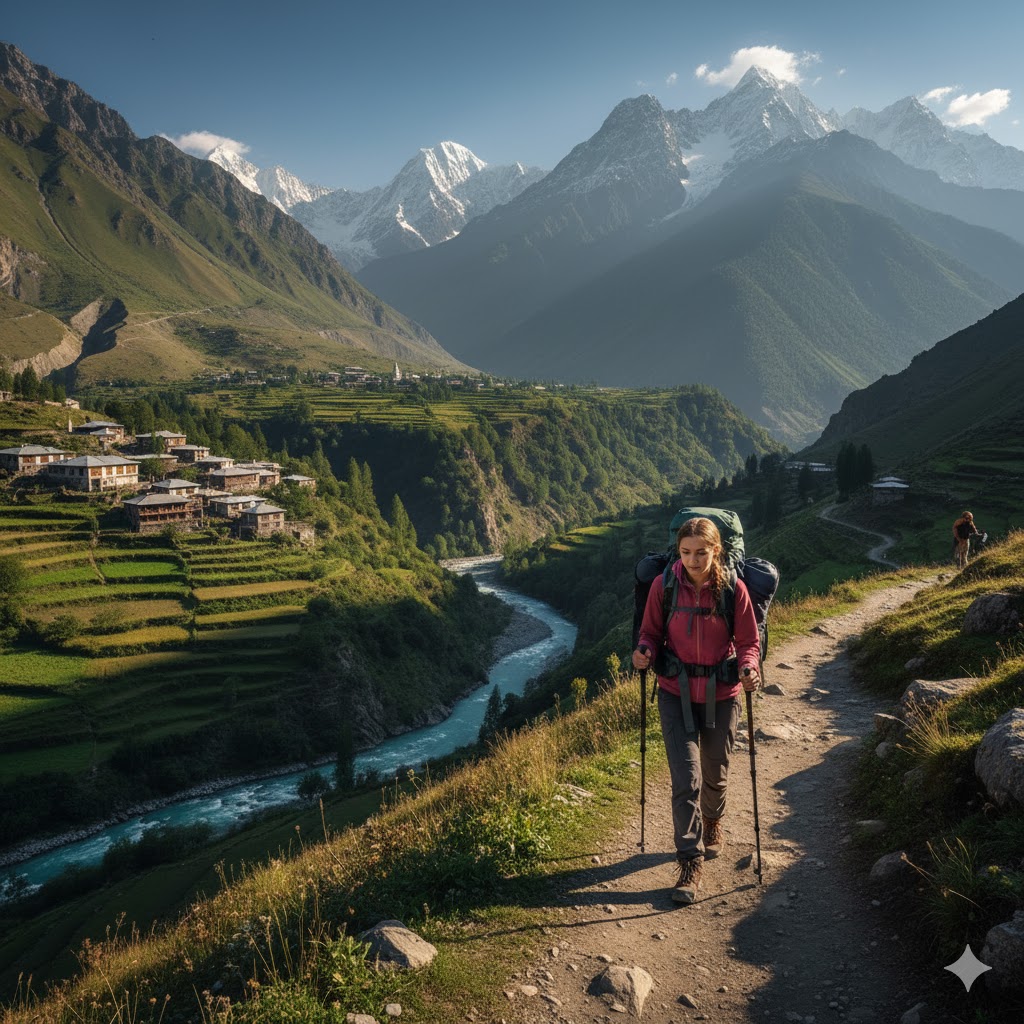
Local Tip: Respect sacred spaces and avoid interfering with rituals. Listening and observing is considered respectful participation.
Participate in Local Handicraft Workshops
Kalash artisans are famous for embroidery, wood carving, and jewelry. Workshops provide immersive experiences:
- Embroidery Classes: Learn the symbolic patterns used in traditional attire.
- Beadwork Workshops: Create necklaces inspired by local designs.
- Wood Carving: Understand the techniques behind the intricately carved doors and furniture.
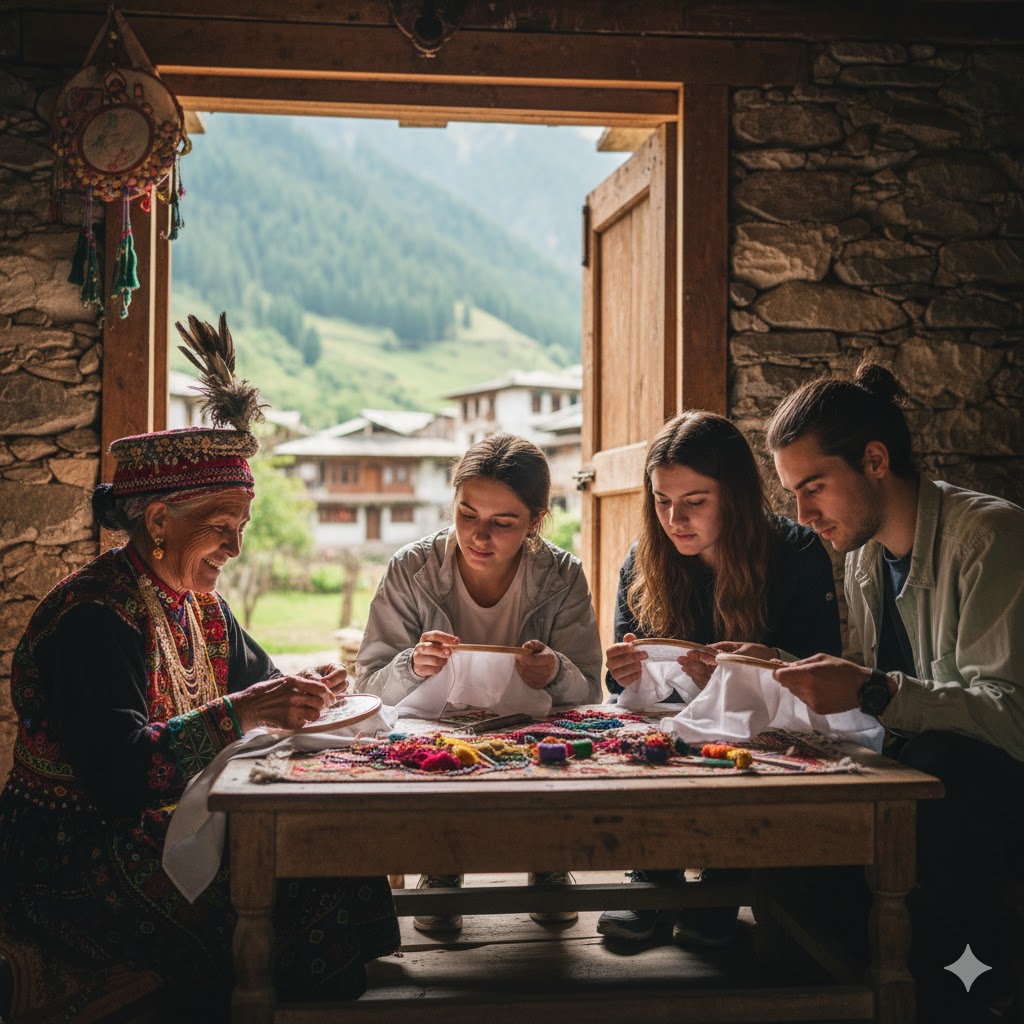
Must Visit: Pakistan Trekking Permit Easy Process 2026 Expert Guide
Tips for Responsible Travel in Kalash Valley
- Dress modestly and respectfully to honor local customs.
- Always ask before taking photos of locals.
- Support local businesses, markets, and artisans.
- Hire certified guides for trekking and village tours.
- Avoid littering; the valley is ecologically sensitive.
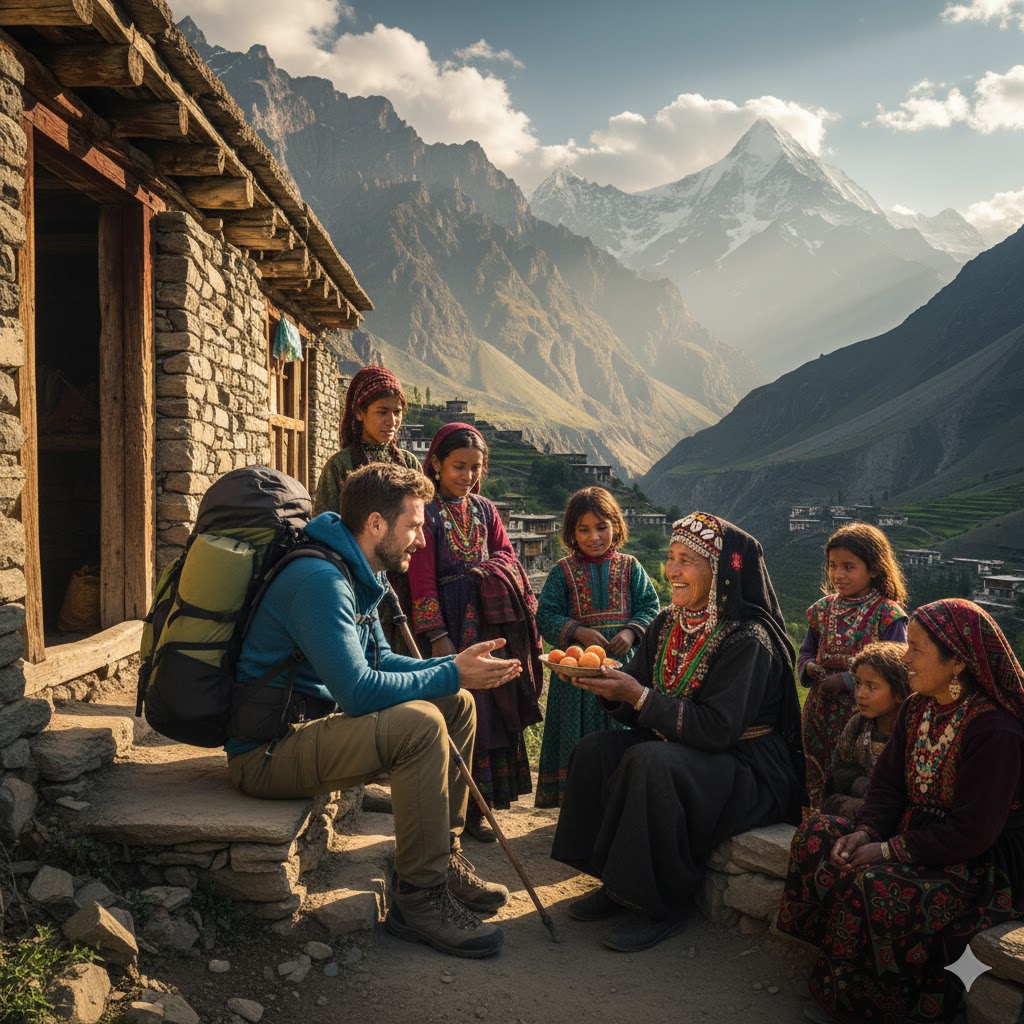
FAQs About Kalash Cultural Adventures
Q1: When is the best time to visit Kalash Valley?
A: April to October is ideal to enjoy festivals and pleasant weather.
Q2: How do I reach Kalash Valley?
A: Fly to Chitral and then take a scenic 3–4 hour drive to the valley.
Q3: Are local guides available?
A: Yes, certified local guides offer trekking and cultural tours.
Q4: Is the valley safe for solo travelers?
A: Generally safe, but respect local traditions and travel with a guide for remote areas.
Traveler Guide: Kalash Cultural Adventures
Exploring Kalash cultural adventures is a once-in-a-lifetime experience combining stunning natural landscapes, rich traditions, and warm hospitality. From vibrant festivals to immersive treks and authentic culinary experiences, Kalash Valley remains a hidden gem waiting for curious travelers. Plan your 2025 journey now and step into a world where culture, history, and nature blend seamlessly.
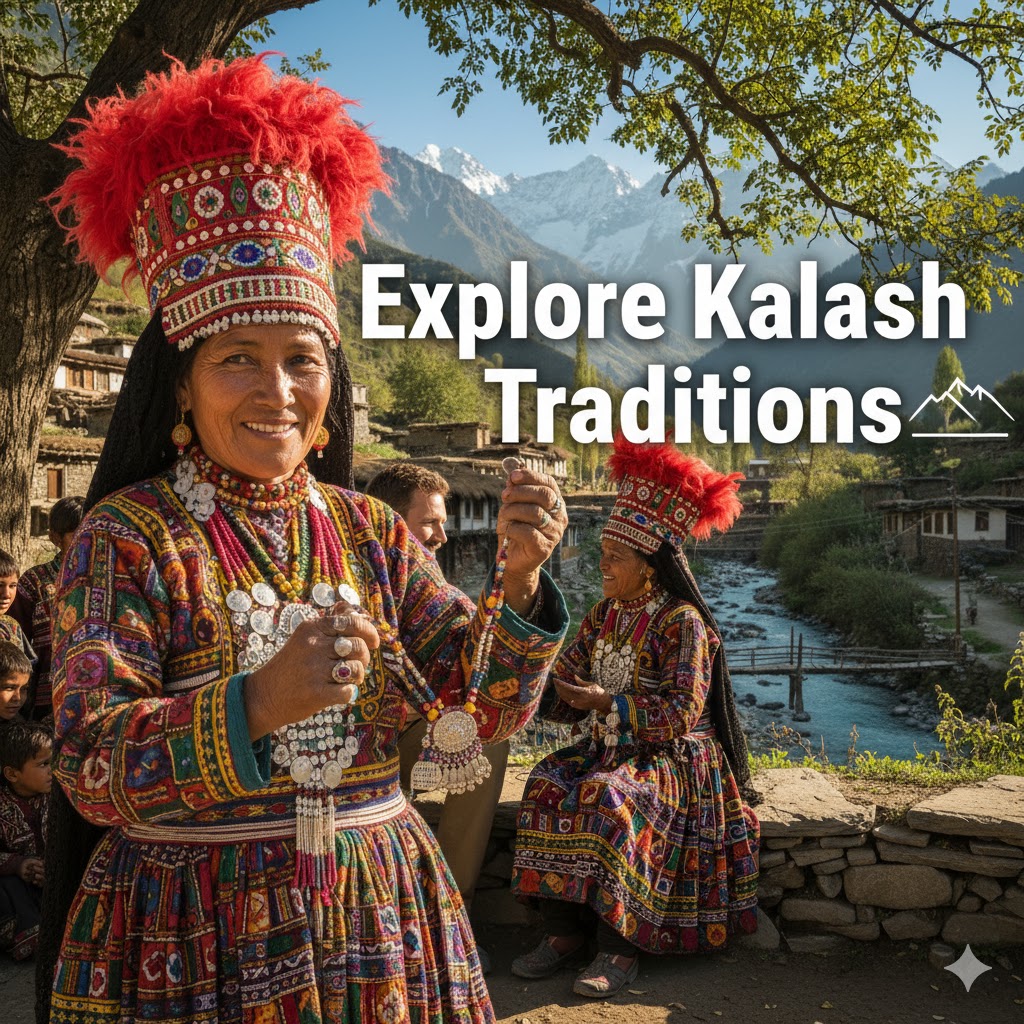

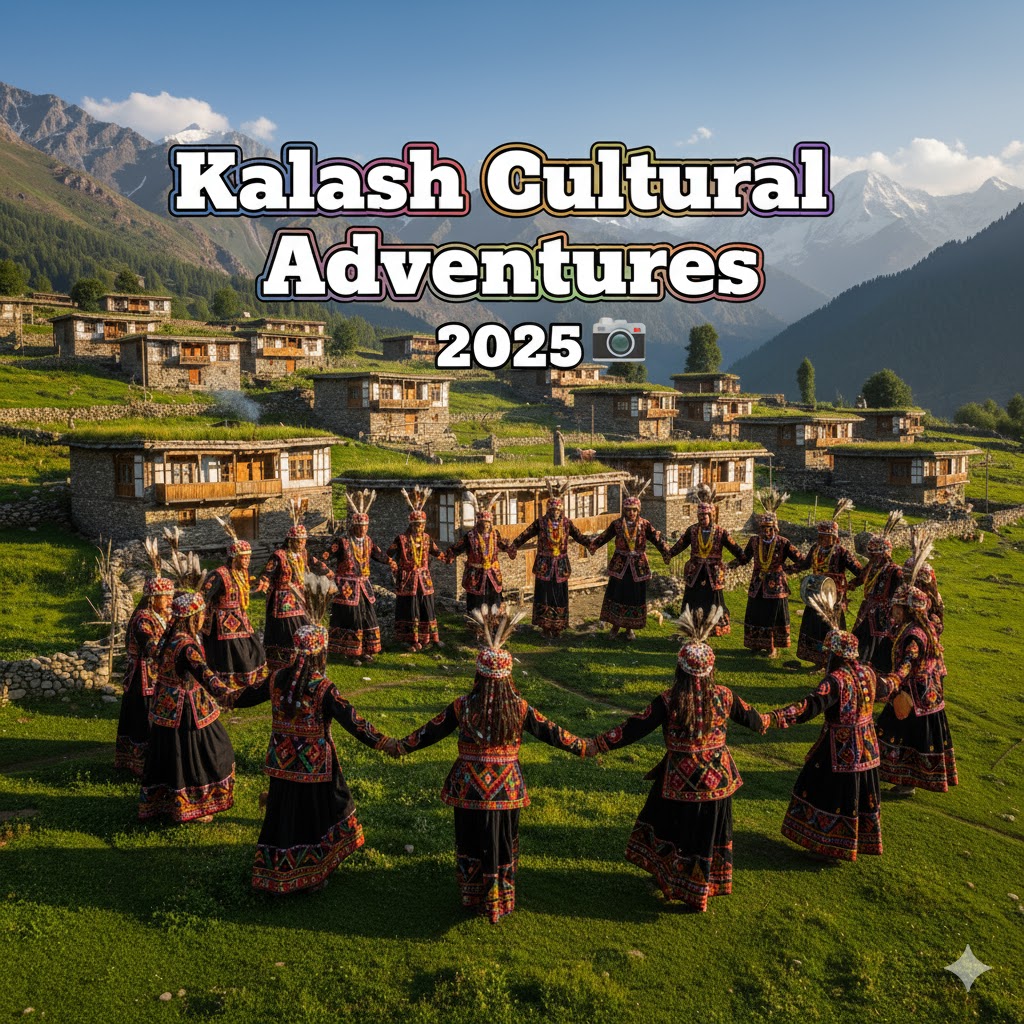


Pingback: Handicraft Villages in Pakistan: Best Top 10 Cultural Gems
Pingback: EPIC World Festivals 2026: Jan–Dec Global Celebrations